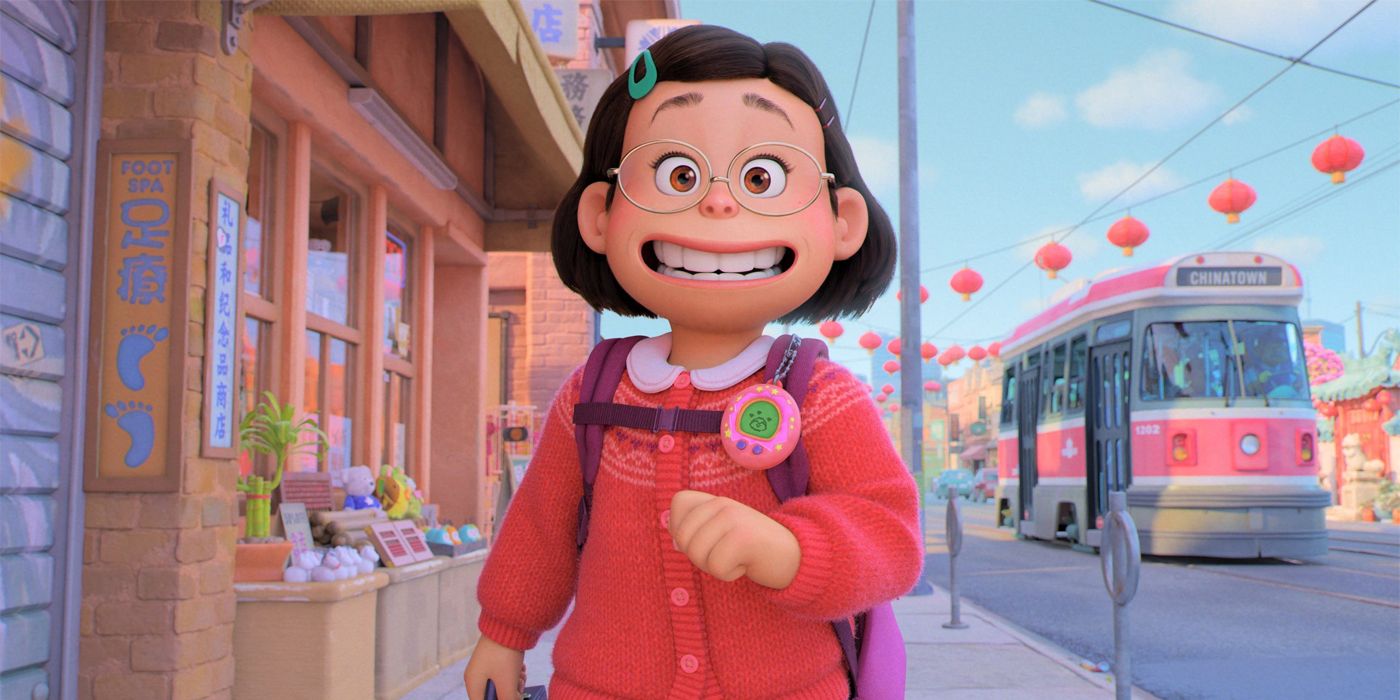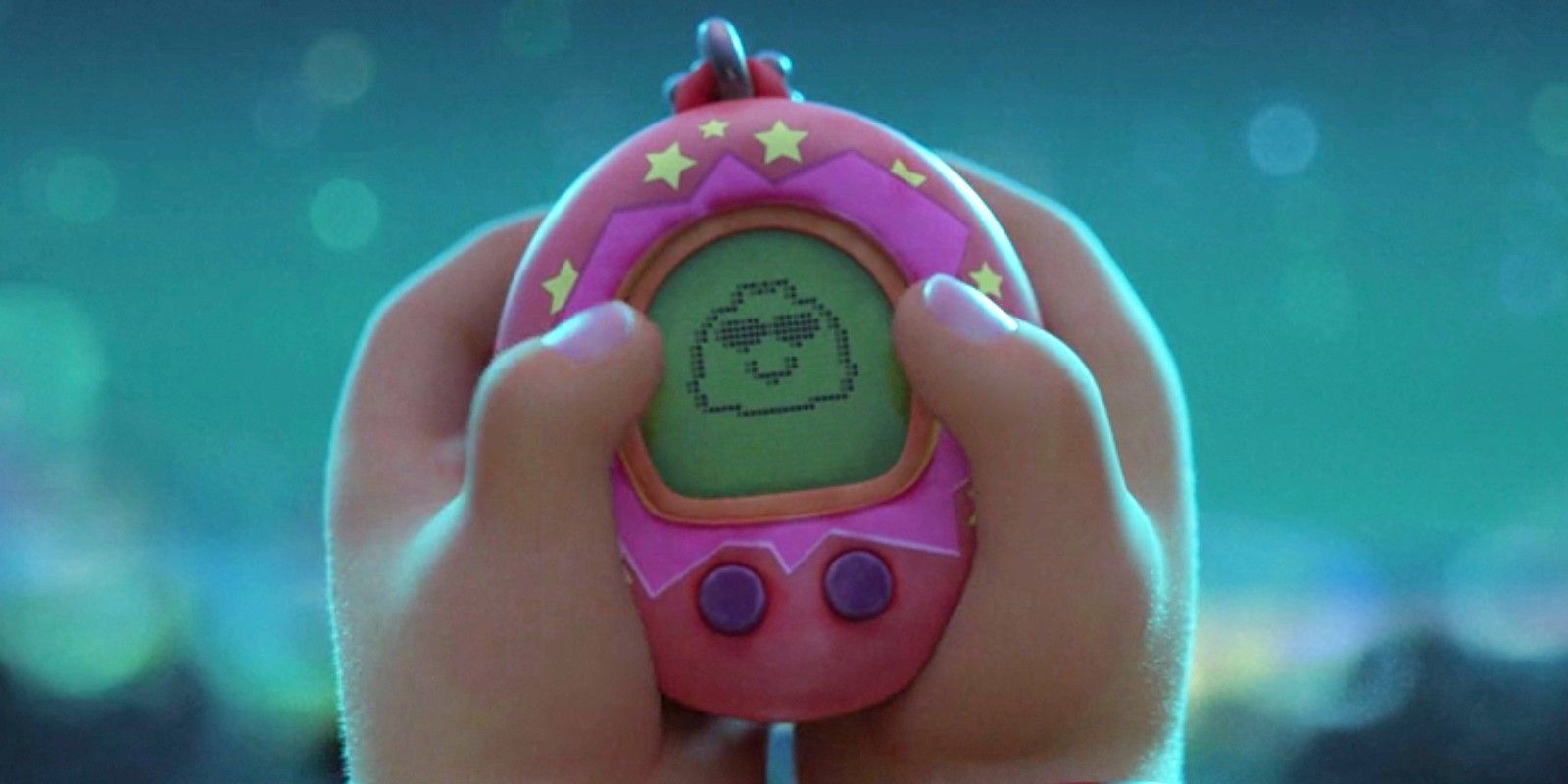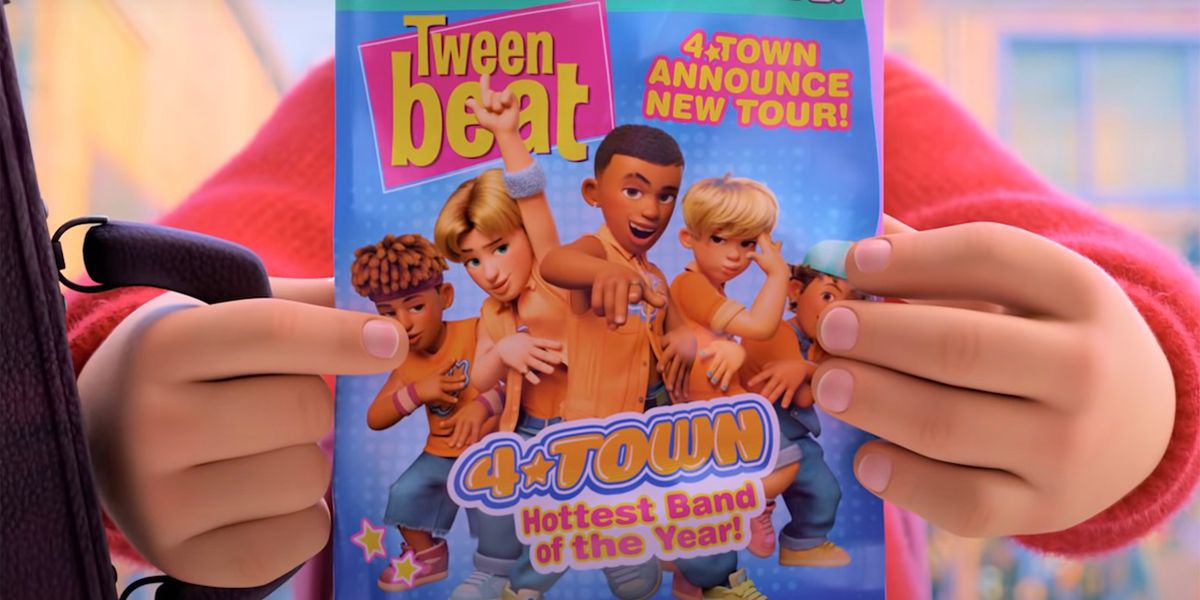WARNING: The following contains spoilers for Turning Red, now streaming on Disney+.
Pixar's latest film, Turning Red, isn't the first time the studio has created a story set in a different time period. That said, what makes this film unique is that because it was set in 2002, it gave a glimpse of an era on the cusp of a technological boom. However, the way it's presented didn't change the story but helped show life in a time that many have rarely been thought about in cinema.
Turning Red follows a young girl named Meilin Lee who spent her life juggling the image of being the perfect daughter while also wanting to be with friends who share her interests. However, as tensions between her and her mother grow over this struggle, Mei was given a magical family gift that made her become a Red Panda when under great stress. Ironically, as her family tried to separate her from this Panda form, Mei discovers a side of herself she never knew existed, only creating further friction.
2002 is evident the moment Mei is shown on the screen. As she walked down the street, talking to the audience, a small Tamagotchi hung on her bag. These small devices were used to house digital monsters that the player could care for. As the film progressed, more technology was shown, including a flip phone and a CD Walkman. However, the biggest pull from the year is the boy band 4*Town, which represented the boy band boom of the era with groups like Backstreet Boys and N'Sync.
While these choices felt as random as the year chosen, it's explained by director Domee Shi why 2002 was the perfect year to set the film in. Shi explained that a huge reason for the year was because of a personal tie for herself, as she stated, "The reason why is because I just have such nostalgic and fond memories of that era, and I thought wouldn’t it be so fun to bring it to life on the big screen in an animated film." For those that grew up in this time, pop culture was at its most memorable and still stood out in the modern age. Shi also explained the unique specificity of the music and entertainment and how it was as funny as it was entertaining.
There's also a personable aspect of the era that technology has somewhat taken in modern years. Shi went on to mention, "The technology was at such an interesting time because it was kind of modern and yet not so distracting, you know?" Turning Red proved this as Mei and her friends weren't at home on their phones or playing games to pass the time. Instead, they were exploring, bonding and talking to one another all the time without worrying about concepts like social media. It's as if the film is a time capsule of an era that happened so fast that it's easy to forget for those too young or old to participate in it.
Turning Red represented individuality and how it could be expressed in various ways, from style to pop culture. As a result, 2002 became the perfect year for this because everything about entertainment and style championed individuality. Mei spent the film finding herself, and when she did, she never turned back, so, in a way, 2002 was a year where everyone felt like Mei and expressed their interests no matter how funny or strange.
To see 2002 come to life, Turning Red is now streaming on Disney+.



